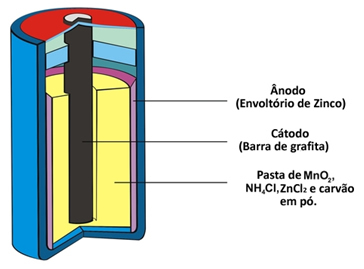I'm sure you've heard about the keratin, Is not it? Many products, such as hair creams, highlight the presence of this substance in their composition. But, after all, what is keratin? What is it for?
→ What is keratin?
Keratin is a protein fibrous that features rigid conformation, elasticity and water impermeability. It has animal origin and is found in the epidermis of vertebrates and in some epidermal appendages, such as fur, nail, hooves, feathers and scales. This protein is produced in cells called keratinocytes, which are the most abundant of the human epidermis.
Like any protein, keratin is made up of amino acids. It has a large amount of waste from cysteine, which accounts for 7% to 20% of the total amino acids present in keratin. It is worth noting that cysteine is located mainly in the terminal region of the keratin chains.

Look at the structure of keratin, a structural protein
In keratin, the formation of disulfide bridges, which are responsible for its characteristics, such as rigidity. They have polypeptide chains that are strongly associated in parallel, forming a continuous matrix after drying.
Keratin has a three-dimensional shape of α-helix or β-pleated sheets. The α-helix form is found in α-keratin, which is present in mammals. The β-pleated leaves are found in β-keratin, present in reptiles and birds.
The keratin produced by keratinocytes can be classified into flexible or resistant. In the outermost layer of the epidermis, we find flexible keratins; in hair, nails and feathers, we find resistant keratin. Flexible keratins are those that have a low content of disulfide bonds, and the resistant ones have a high content of these bonds.
→ Keratin function
Keratin mainly guarantees protection to organisms, creating, for example, a mechanical barrier thanks to its impermeability to water. This characteristic is extremely important when analyzing the skin, which, without keratin, could present an unnecessary loss of water. Keratin can also help protect against mechanical shock and microorganisms. As a component of nails, claws and horns, keratin is also helps in catching prey and protecting against predators.
By Ma. Vanessa dos Santos
Source: Brazil School - https://brasilescola.uol.com.br/o-que-e/biologia/o-que-e-queratina.htm


